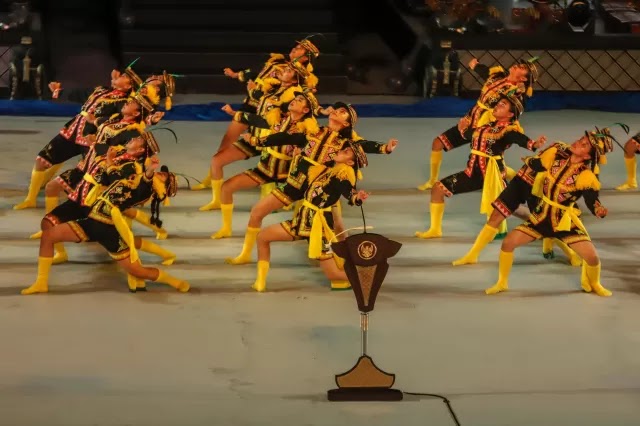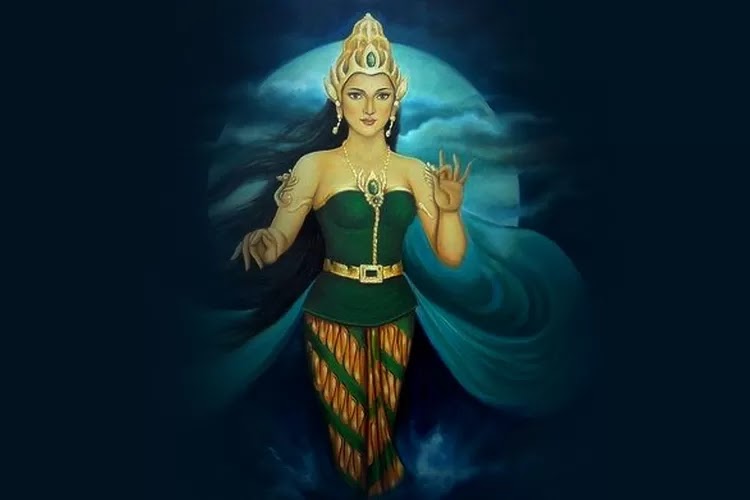Tari Dolalak: History, Function, Costumes, and Movements
Tari Dolalak, also known as Dolalak Dance, is a traditional dance from Purworejo Regency, Central Java, Indonesia. This dance has an interesting history and is a result of cultural acculturation between Dutch and local culture. Here is some information about Dolalak Dance:
History of Dolalak Dance: Dolalak Dance emerged during the Dutch colonial period in Indonesia. The dance was inspired by the behavior of Dutch soldiers when they rested in their camps. During that time, Dutch soldiers often danced and sang to entertain themselves. This dance was then adopted by the local community and became part of Purworejo's culture.
Function of Dolalak Dance: Dolalak Dance serves various functions in society. Firstly, it is used as entertainment among the community. Dolalak dancers perform energetic and entertaining movements. Additionally, this dance is often used as a welcoming dance for guests in the government sector. Dolalak Dance symbolizes the hospitality and cultural beauty of Purworejo.
Costumes of Dolalak Dance: The costumes used in Dolalak Dance are unique and show the influence of Dutch culture. Male dancers wear uniforms resembling Dutch soldiers, complete with hats and boots. On the other hand, female dancers wear kebaya (traditional blouse) with long skirts and shawls. These costumes reflect the fusion of local and Dutch cultures.
Movements of Dolalak Dance: The movements in Dolalak Dance are dynamic and energetic. The dancers perform agile movements that depict joy and happiness. These movements involve distinctive dance steps such as jumping, spinning, and swaying. Additionally, the dance also incorporates hand movements and captivating facial expressions.
Dolalak Dance is one of the intangible cultural heritages that needs to be preserved. It not only entertains but also represents the identity and cultural richness of Purworejo. By preserving and appreciating Dolalak Dance, we can enrich and preserve the diversity of Indonesian culture.




Komentar
Posting Komentar